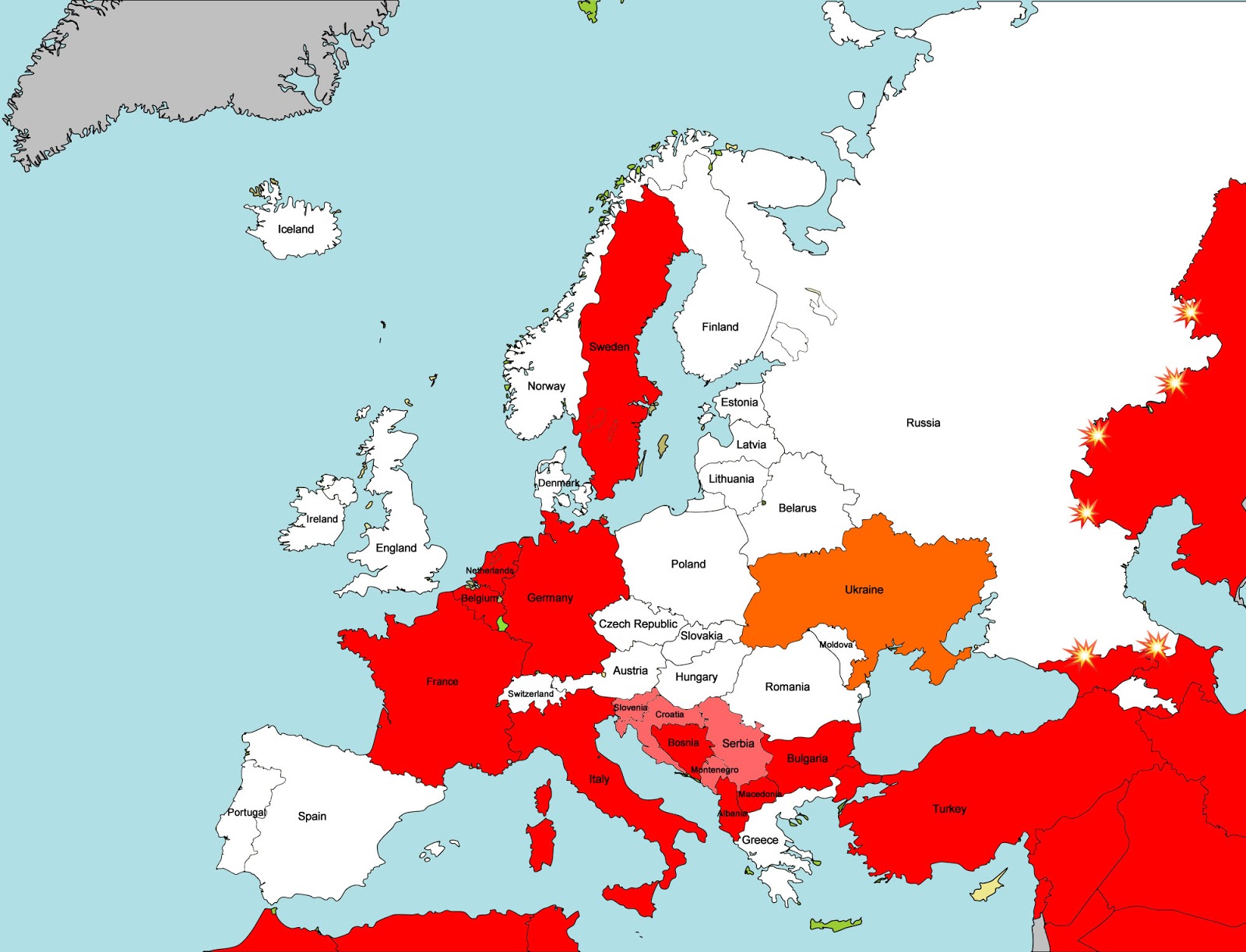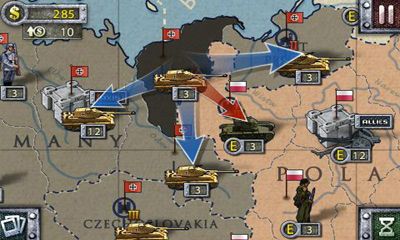



In order to indicate what holy object a bundle contained, artists often represented these objects with a head on top-the head of the supernatural with which the bundle was associated. 32 They were made of a holy object (often a statue of a deity) wrapped in yards and yards of cloth. Sacred bundles were an important aspect of religion throughout Mesoamerica. Tezcatlipoca appears twice in the Lienzo, first in Cell 14 (to indicate the month Toxcatl, when he was honored in a major festival) and again in Cell 41, where the temple of Texcoco contains a sacred bundle dedicated to Tezcatlipoca (Figure 40). His distinctive face paint consisted of five horizontal stripes in alternating colors. One of the most important gods in Tlaxcala was Tezcatlipoca (“Smoking Mirror”), associated with rulership, warfare, and divination. Above, in an example from the Codex Telleriano-Remensis, we saw that the goddess Tlazolteotl wore black paint around her mouth (Figure 2). These men with blackened faces and bodies are probably priests, of which there were many in this sacred city (Figure 39).ĭifferent divine beings were also associated with different kinds of face paint. Cell 10 takes place in the city of Cholula, an important pilgrimage center. 31 Several of the individuals in Cell 10 of the Lienzo are shown with their bodies and faces painted black. According to one sixteenth-century source from Central Mexico, this black paint was created by burning insects and scorpions. Priests throughout Mesoamerica painted their faces and bodies black. In the Matrícula and Lienzo, face and body paint are used to indicate occupation, the identities of different deities, and ethnicity. Face and body paint were an important aspect of personal ornament in Central Mexico, and indeed throughout Mesoamerica.


 0 kommentar(er)
0 kommentar(er)
